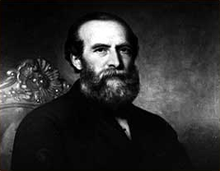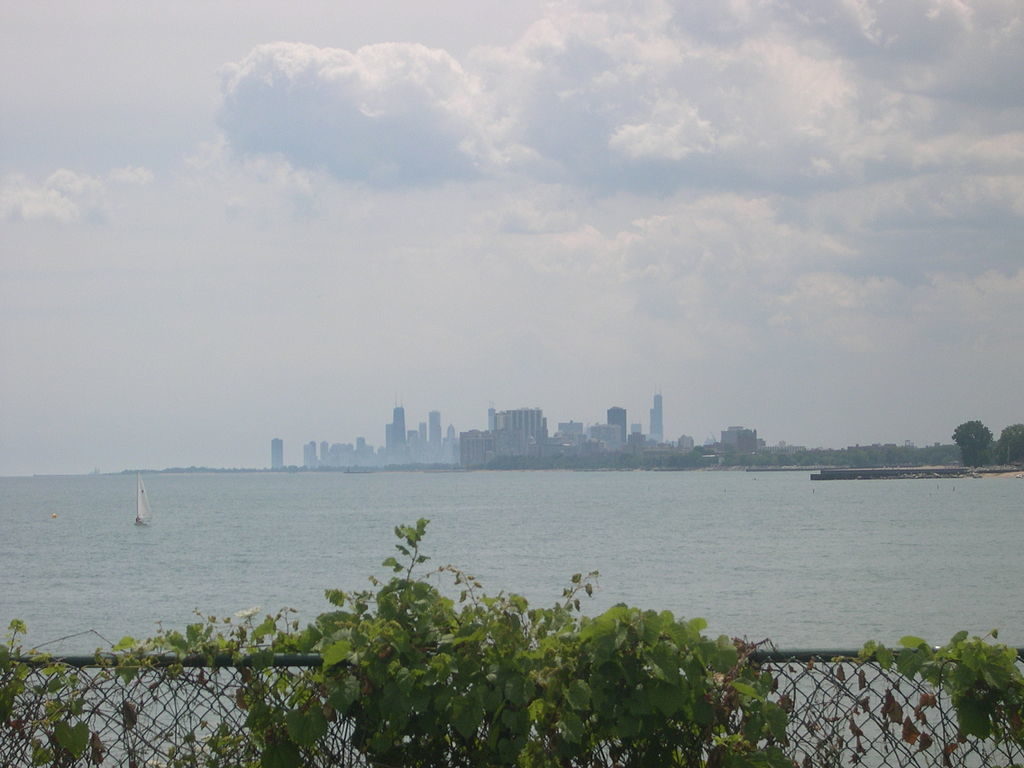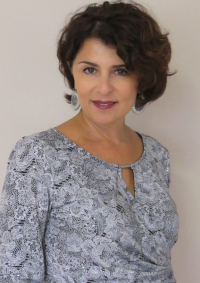Chicago’s North Shore History
TO FIND AN OPEN HOUSE IN GLENVIEW IL NORTHBROOK IL OR MORTON GROVE IL
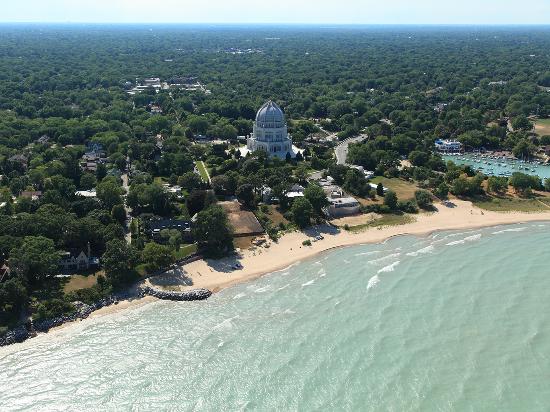
HistoryChicago’s North Shore has a rich and illustrious history that is worth investigating. Wikipedia provides some of the more basic information. Europeans settled the area sparsely after an 1833 treaty with local Native Americans. The region began to be developed into towns following the opening of Northwestern University in Evanston in 1855 and the founding of Lake Forest College two years later, and the construction and launch of railroads serving the colleges and their towns. Electric rail lines were also run from Chicago, parallel to steam commuter lines, and streetcars flourished throughout the suburbs from Evanston on north. The North Shore today is noteworthy for being one of the few remaining agglomerations of streetcar suburbs in the United States. This area became popular with the affluent wanting to escape urban life, beginning after the Great Chicago Fire, and grew rapidly before and just after World War II with a growing Jewish population migrating out of various neighborhoods in Chicago. The major Jewish suburban communities include Evanston, Skokie, Glencoe and Highland Park. Jews, however, were barred from Kenilworth and Lake Forest. The number of Jews in the north suburbs increased to 40% by the early 1960s. It is notable, too, that at this point in time most of these north suburbs were almost entirely white. One informal 1967 poll by mostly white residents of the North Shore seeking to promote open housing suggested that of 2,000 real estate listings, only 38 were open to African-Americans.
Socioeconomics and CultureToday the North Shore remains one of the most affluent and highly educated areas in the United States. Seven of its communities are in the top quintile of U.S. household income, and five of those (Lake Forest, Glencoe, Kenilworth, Winnetka, Highland Park) are in the top 5 percent. From Evanston to Lake Bluff, only Highwood falls below the national median.[citation needed] The North Shore is also the home of the Ravinia Festival, a historic outdoor music theater in Highland Park, Illinois. The Ravinia Festival, originally conceived as a weekend destination on the CNS&M line, is now a popular destination on the Metra Union Pacific North Line commuter rail, the North Shore Line’s former competitor. The abandoned right-of-way of the North Shore Line still serves Ravinia as the Green Bay Trail, a popular rails-to-trails bicycle path that begins in Wilmette and runs north all the way to the Illinois Beach State Park in Zion. Chicago’s North Shore History |
Thank You and Have a Great Day
Marina Jacobson
Broker, SFRDirect: 847-510-5009
Cell: 847-361-5605
Fax: 847-510-5109
Click Here For Your FREE Home Search
Your #1 Agent!
Certified Distressed Property Specialist
Search 1000’s of Homes at
www.MarinaJacobsonHomes.com
